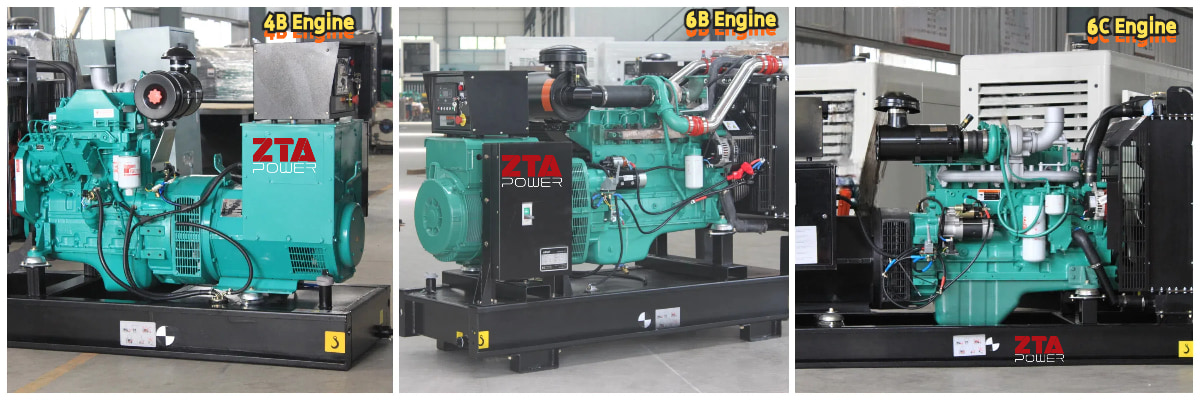1. Shared Features of 6B & 6C Series
Common Design Elements:
Modular cast iron block
Integrated cylinder head
Thermostat housing & oil cooler mounts cast into block
Water pump and oil pump housings cast into block
One-piece forged crankshaft with integrated counterweights
Key Differences
| Component | 6B Series | 6C Series |
| Connecting Rod | Angled split design | Straight split design |
| Cylinder Liner | Non-replaceable | Replaceable wet liner |
| Valve Seats/Guides | Integrated | Replaceable |
| Piston Rings | 1 chromed groove | 2 chromed grooves |
| Camshaft Bushings | Only end bushings | 7 replaceable bushings |
2. Model Decoding Guide
Example:
4BTA3.9-C = 4-cylinder, B-series, Turbocharged, Aftercooled, 3.9L displacement, Mechanical
6CTA8.3-C = 6-cylinder, C-series, Turbocharged, Aftercooled, 8.3L displacement, Mechanical
Letter Codes:
B/C: Series designation
T: Turbocharged
A: Aftercooled
G2: Electronic control (replaces "-C" for modern models)
3. Power Rating Convention
Generators typically display horsepower (e.g., 6CTA8.3-G2 = 275HP) rather than displacement.
4. Parts Compatibility
Shared Components (B/C Series):
Piston pins
Upper/lower gasket kits
Cylinder liners (wear sleeves)
Intake/exhaust valves
Non-Interchangeable:
Crankshafts
Cylinder heads
Turbochargers
Pro Tip: For 6C series maintenance, prioritize:
Liner O-ring inspections (every 5,000h)
Valve guide clearance checks (max 0.1mm wear)
